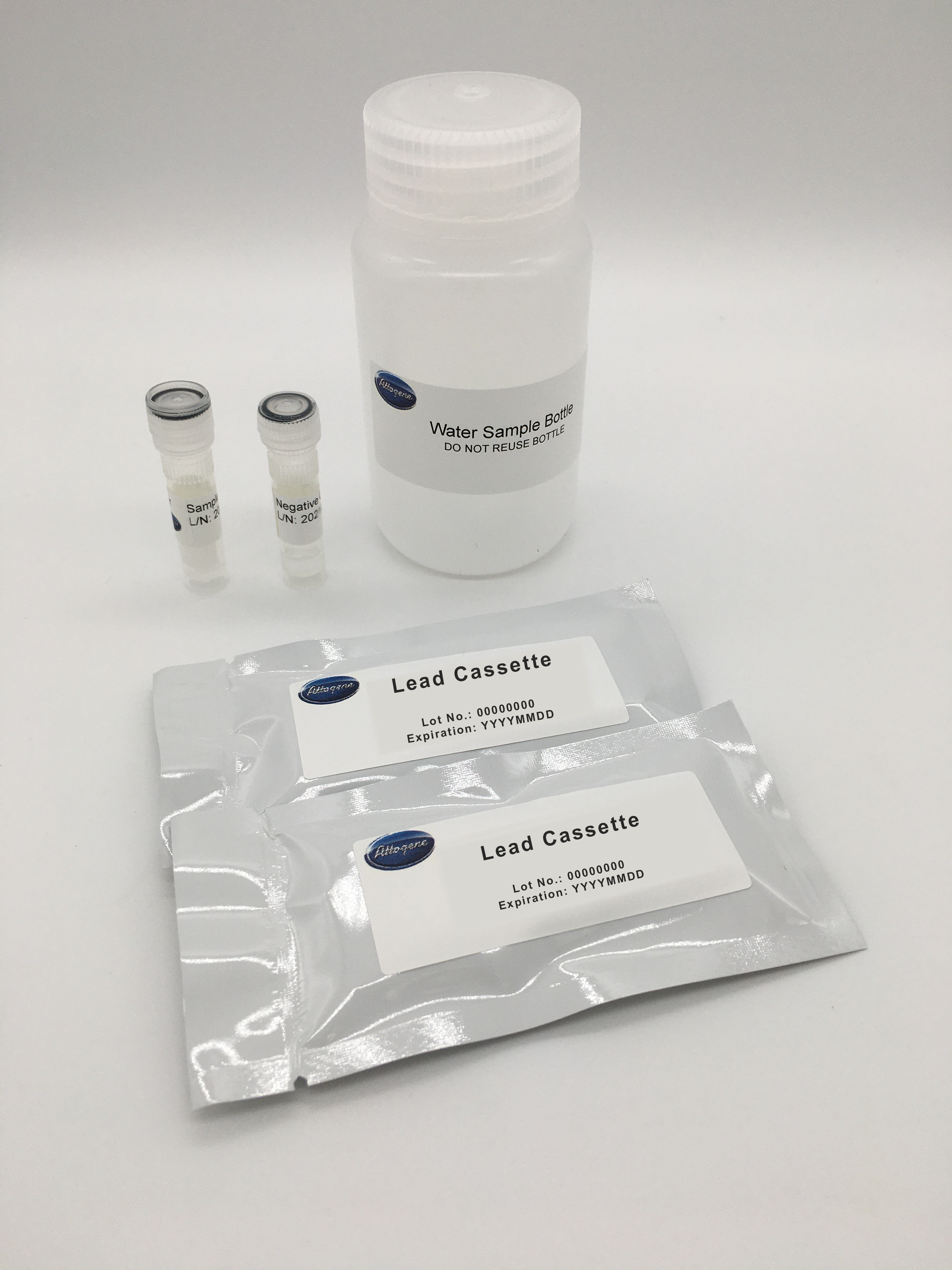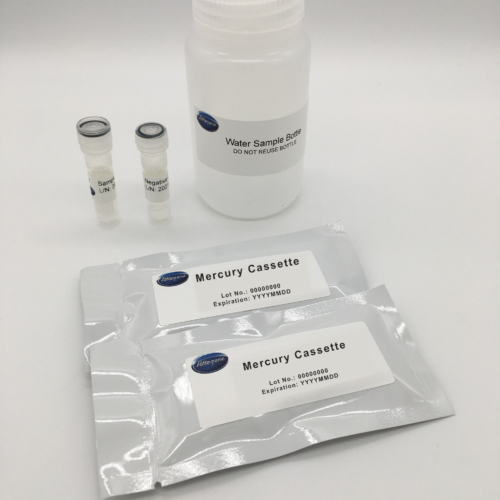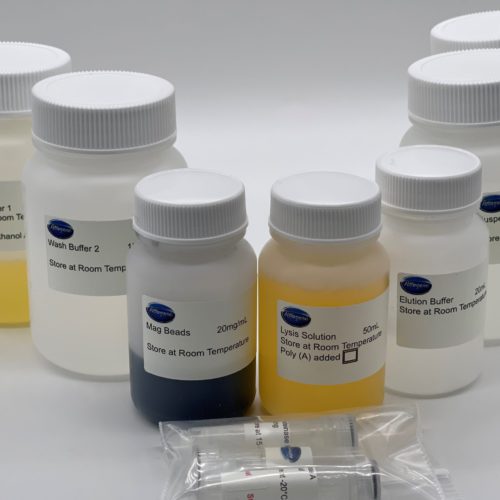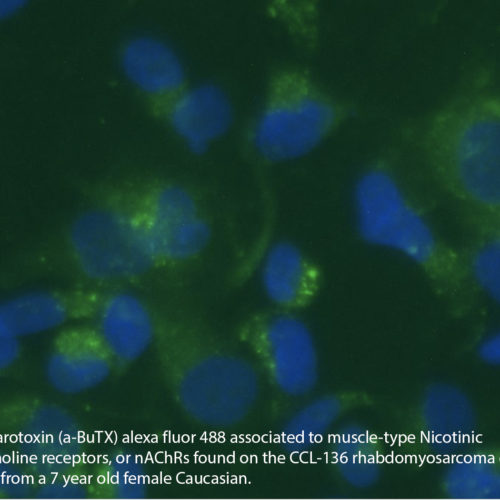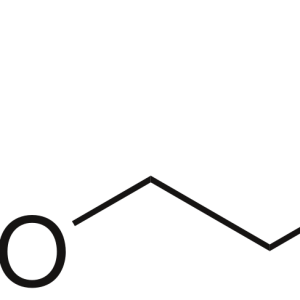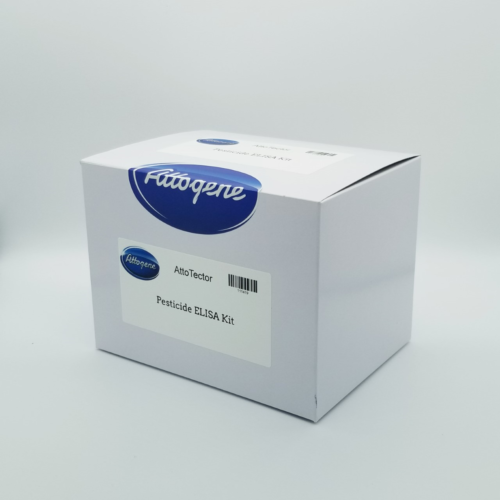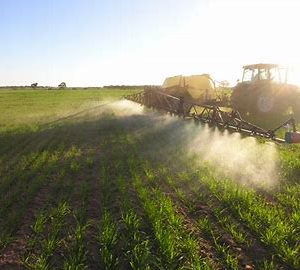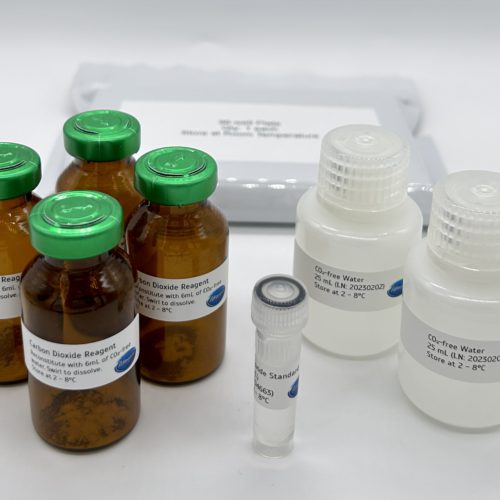Lead Detection Kit (Rapid – Field Use)
$145.12
In Stock & Ready to Ship
- Screening of Lead in water samples 5-10 ppb
- Format: 10 tests (5 tests/5 controls)
- Run Time: 15 Minutes
This fast screening test kit contains 10 tests with everything needed for accurate results of unsafe lead levels in the field.
This is a revolutionary product designed to make Lead testing in water safe, easy, and affordable. This fast screening test kit contains 10 tests with everything needed for accurate results of unsafe lead levels. With reliable results in only 10 minutes, this test kit clearly gives results confirming Lead in water and conforming to the EPA guideline of 15 ppb (µg/L). The kit can test water quality from various sources including faucets, wells (ground water), and home purification systems.
Standards and Regulations for Lead [ACCLPP 2012]
- EPA: Drinking Water: 15ppb
- FDA: Juice: 50ppb
- EPA: Residential Soil: 400 ppm (play areas), 1200 ppm (non-play areas)
- CPSC: Paint: 90ppm
- FDA: Bottled drinking water: 5ppb
High Blood lead levels (i.e., greater than 700ppb) can cause serious health effects, including seizure, coma, and death. Blood levels as low as 100ppb have been associated with adverse effects on cognitive development, growth, and behavior among children aged 1-5 years.
Sample method:
Information below is from: https://www.epa.gov/dwreginfo/lead-and-copper-rule
In 1991, EPA published a regulation to control lead and copper in drinking water. This regulation is known as the Lead and Copper Rule (also referred to as the LCR). Since 1991 the LCR has undergone various revisions, see the Rule History section below.
The treatment technique for the rule requires systems to monitor drinking water at customer taps. If lead concentrations exceed an action level of 15 ppb.
Implementation Tools
- • View tools for states and water utilities
- • Resources for Lead Service Line Replacement
- • Register for EPA's Webinar Series on Lead Service Line Replacements
- • See EPA's LCR Compliance Data Factsheet.
or copper concentrations exceed an action level of 1.3 ppm in more than 10% of customer taps sampled, the system must undertake a number of additional actions to control corrosion.
If the action level for lead is exceeded, the system must also inform the public about steps they should take to protect their health and may have to replace lead service lines under their control.
You may also like…
Mercury Detection Kit (Rapid – Field Use)
$145.12- Screening of Mercury in water samples at 10 ppb
- Format: 10 tests (5 tests/5 controls)
- Run Time: 5 Minutes
